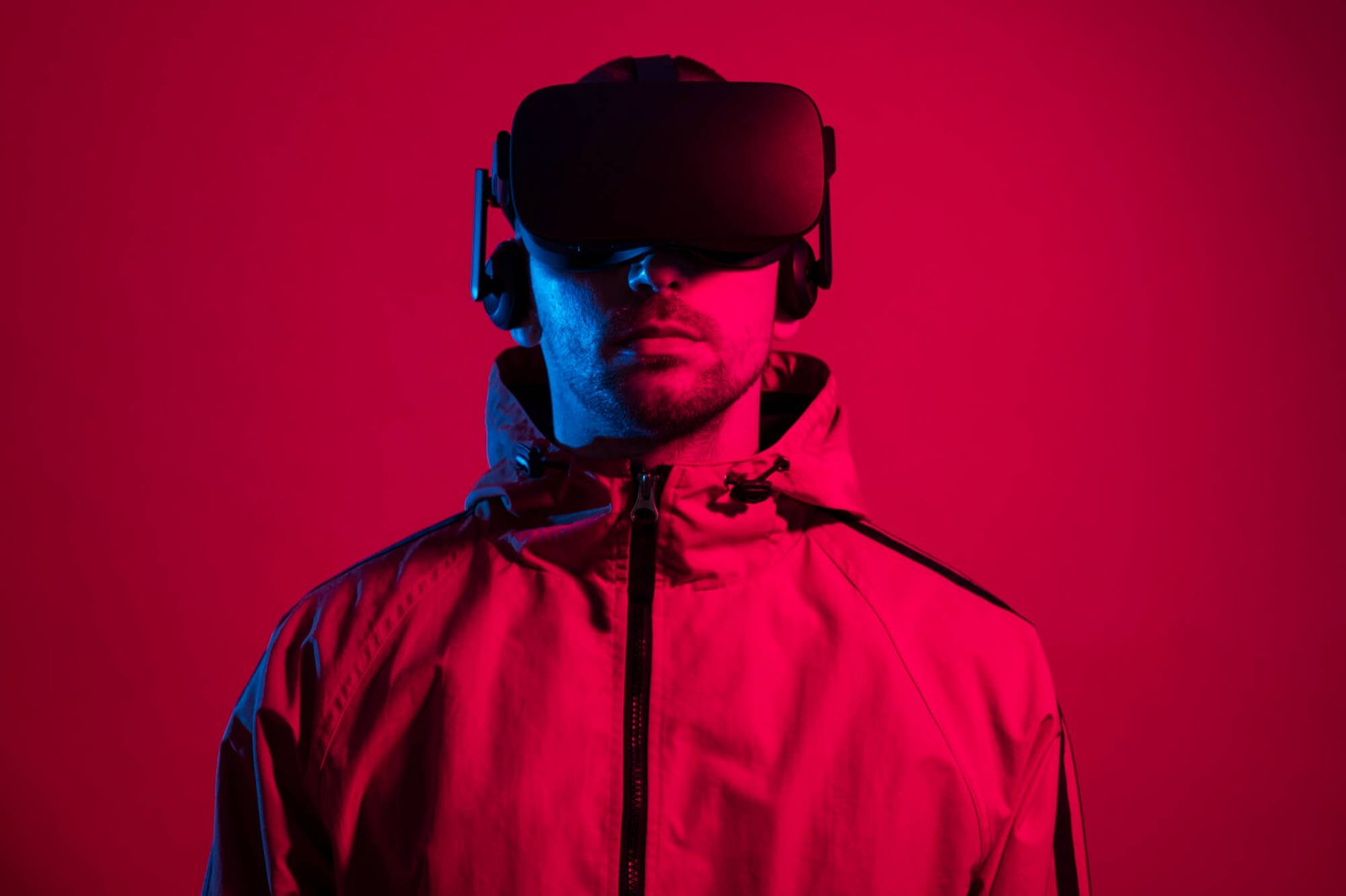Artificial Intelligence (AI) is powered by algorithms—step-by-step instructions that enable machines to learn, reason, and make decisions. These algorithms form the backbone of modern AI systems, driving innovations in self-driving cars, voice assistants, medical diagnostics, and more!
Let’s explore the fundamental AI algorithms, their working principles, and real-world applications in an engaging way! 🔍✨
🔹 What are AI Algorithms?
AI algorithms are mathematical models that allow machines to:
✅ Learn from data 📊 (Machine Learning)
✅ Recognize patterns 🔍 (Computer Vision, NLP)
✅ Make decisions 🤖 (Robotics, Gaming)
✅ Solve problems 🧠 (Optimization, Planning)
They can be broadly categorized into:
1️⃣ Machine Learning (ML) Algorithms
2️⃣ Deep Learning (DL) Algorithms
3️⃣ Search & Optimization Algorithms
4️⃣ Neural Networks & Reinforcement Learning
Let’s break each down! ⬇️
🔹 1️⃣ Machine Learning (ML) Algorithms
Machine Learning allows computers to learn from experience without being explicitly programmed. It is divided into Supervised, Unsupervised, and Reinforcement Learning.
📌 Supervised Learning Algorithms
These models learn from labeled data (input-output pairs).
🔹 Linear Regression – Predicts continuous values (e.g., house prices 🏠💰).
🔹 Logistic Regression – Classifies data into categories (e.g., spam detection 📧).
🔹 Decision Trees – Splits data based on decision rules (e.g., medical diagnosis 🏥).
🔹 Random Forest – Uses multiple decision trees for accuracy (e.g., fraud detection 💳).
🔹 Support Vector Machines (SVM) – Classifies data using optimal boundaries (e.g., image recognition 📸).
🔹 Naïve Bayes – Uses probability theory for classification (e.g., sentiment analysis 😊😢).
✅ Real-World Example:
📌 Spam Detection – Email services use Naïve Bayes to filter spam messages.
📌 Unsupervised Learning Algorithms
These models find patterns in unlabeled data without predefined categories.
🔹 K-Means Clustering – Groups data into similar clusters (e.g., customer segmentation 🎯).
🔹 Hierarchical Clustering – Creates a tree of clusters (e.g., social network analysis 👥).
🔹 Principal Component Analysis (PCA) – Reduces data dimensions (e.g., image compression 📷).
🔹 Autoencoders – Neural networks that reconstruct inputs (e.g., anomaly detection 🚨).
✅ Real-World Example:
📌 Netflix Recommendation System – Clusters users based on viewing habits 🎬.
🔹 2️⃣ Deep Learning (DL) Algorithms
Deep Learning is a subset of ML that uses Neural Networks to simulate human brain learning. It excels at handling large datasets in image recognition, speech processing, and natural language understanding.
📌 Key Deep Learning Architectures
🔹 Artificial Neural Networks (ANNs) – Mimic human neurons to process data 🧠.
🔹 Convolutional Neural Networks (CNNs) – Designed for image recognition 🖼️ (e.g., facial recognition 📸).
🔹 Recurrent Neural Networks (RNNs) – Process sequential data like text/audio 📖 (e.g., language translation 🌍).
🔹 Long Short-Term Memory (LSTM) – Improved version of RNNs for long-term dependencies 🕰️.
🔹 Transformers – Used in cutting-edge NLP models like ChatGPT, BERT, and Google’s Bard 🔤.
✅ Real-World Example:
📌 Self-Driving Cars 🚗 – Use CNNs to detect objects and navigate roads safely.
🔹 3️⃣ Search & Optimization Algorithms
These AI techniques help machines find optimal solutions to complex problems.
📌 Common Search Algorithms
🔹 A Algorithm* – Finds the shortest path in maps & games 🎮 (e.g., Google Maps 🗺️).
🔹 Dijkstra’s Algorithm – Computes the shortest route between nodes 🚆 (e.g., network routing 🌐).
🔹 Minimax Algorithm – Used in game-playing AI like Chess ♟️.
📌 Optimization Algorithms
🔹 Genetic Algorithms (GA) – Inspired by evolution, it selects the best solution over generations 🧬.
🔹 Simulated Annealing – Used in engineering and scheduling problems 🏗️.
🔹 Gradient Descent – Optimizes machine learning models by adjusting weights 🔄.
✅ Real-World Example:
📌 Google Maps Navigation – Uses A* and Dijkstra’s algorithm to find the fastest routes 🚗.
🔹 4️⃣ Neural Networks & Reinforcement Learning (RL)
Reinforcement Learning (RL) enables AI agents to learn by trial and error, receiving rewards for good actions.
📌 Key RL Algorithms
🔹 Q-Learning – Learns action values for maximizing rewards 🎮 (e.g., game AI 🤖).
🔹 Deep Q-Networks (DQN) – Uses deep learning for reinforcement learning 🏆.
🔹 Proximal Policy Optimization (PPO) – Optimizes policies in robotics & automation 🤖.
✅ Real-World Example:
📌 AlphaGo (DeepMind) – Used RL to defeat human Go champions! 🎲
🔹 How AI Algorithms Work Together in Real Life
AI applications often combine multiple algorithms to achieve better results!
Example: Self-Driving Cars 🚗
🔹 Computer Vision (CNNs) → Detects pedestrians & obstacles 🚶♂️.
🔹 Reinforcement Learning (DQN, PPO) → Learns to navigate roads safely 🛣️.
🔹 Search Algorithms (A, Dijkstra)* → Plans the best route 📍.
🔹 Sensor Fusion (Optimization) → Merges data from cameras, LIDAR, GPS 📡.
🔹 The Future of AI Algorithms 🚀
With advancements in Quantum Computing, Explainable AI (XAI), and Meta-Learning, AI is evolving faster than ever. The future will bring:
✔️ Smarter AI Assistants 🤖
✔️ Fully Autonomous Systems 🚀
✔️ AI-Powered Scientific Discoveries 🧪
🌟 Final Thoughts
AI algorithms power the future by making machines smarter and more autonomous. From simple decision trees to complex deep learning networks, these algorithms are shaping industries and changing lives!
